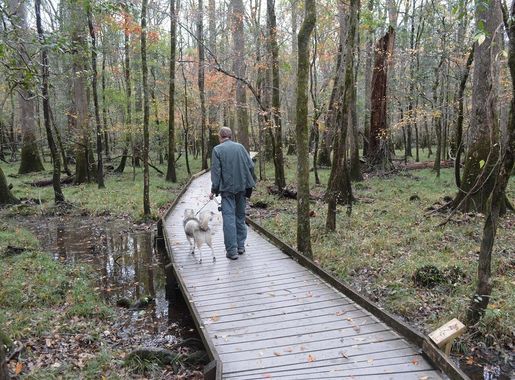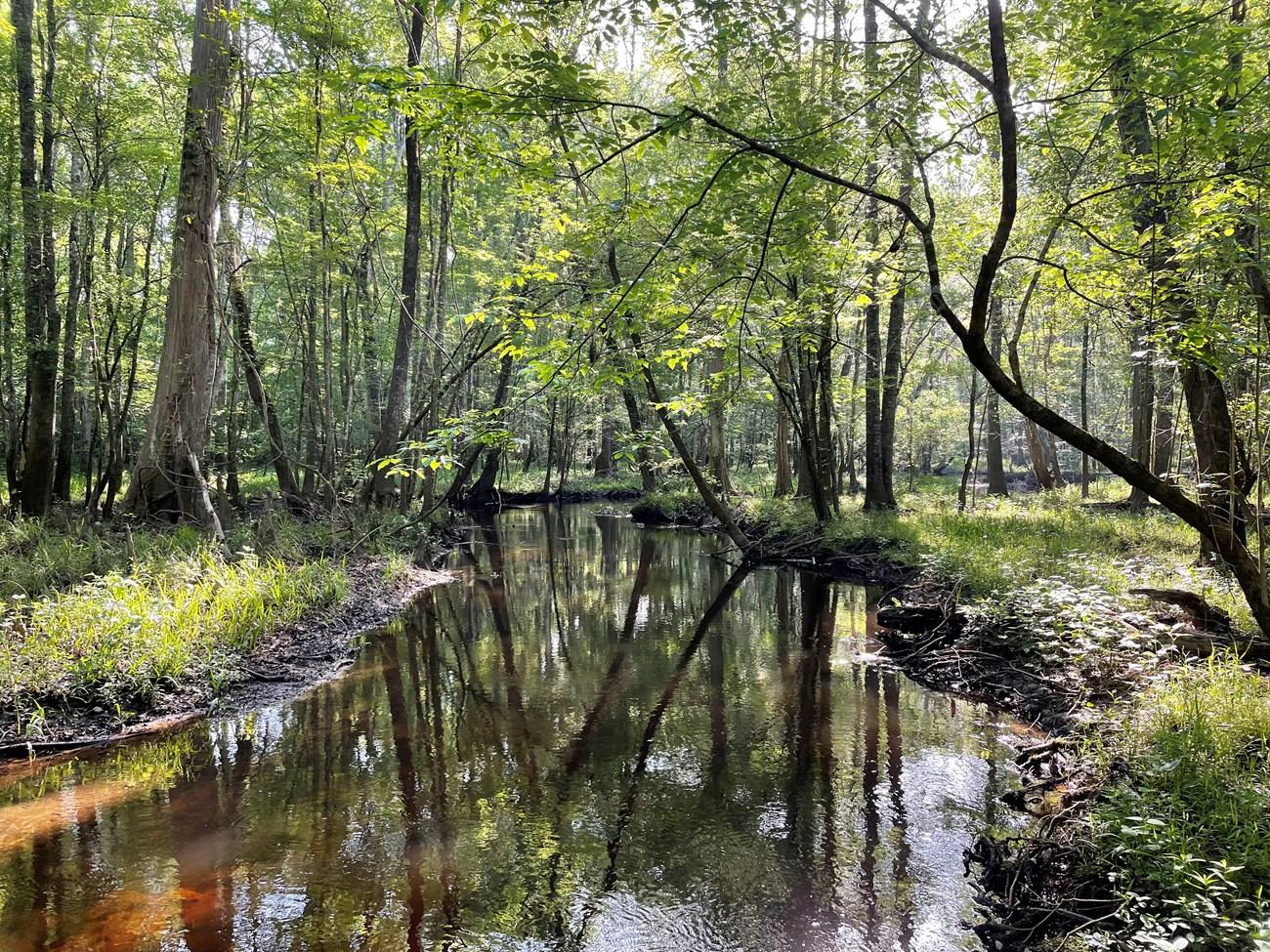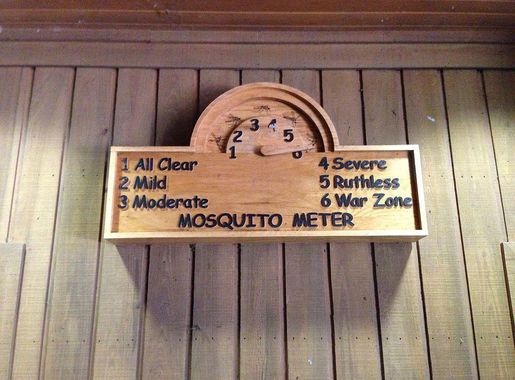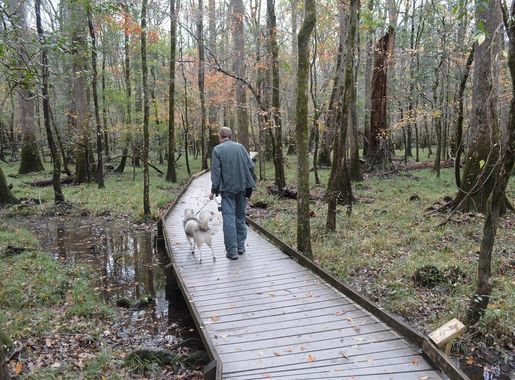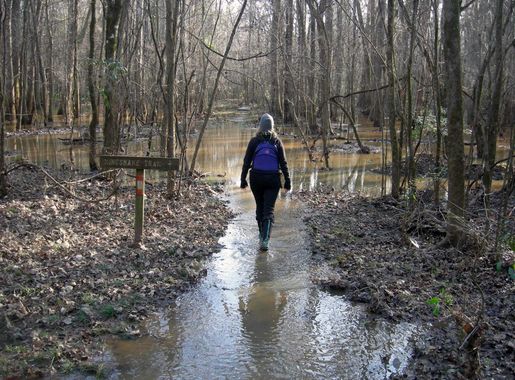
Congaree National Park: A Natural Wonderland
Discover the majesty of Congaree National Park, where towering trees, diverse wildlife, and tranquil waterways create an unforgettable natural experience.
Congaree National Park in South Carolina is a hidden gem for nature lovers. The park is home to the largest expanse of old-growth bottomland hardwood forest in the southeastern United States. With towering trees and a diverse array of wildlife, it offers a serene escape from the bustling city life. Visitors can explore the park through its many hiking trails, including the popular Boardwalk Loop, which provides a unique view of the forest floor and canopy. The Congaree River and its floodplain offer opportunities for kayaking and canoeing, giving tourists a chance to experience the park from the water. The park is also a haven for bird watchers, with over 200 species of birds recorded. Seasonal events like the synchronous firefly display in late spring draw nature enthusiasts from all over the country. Whether you're a seasoned hiker or just looking to relax in nature, Congaree National Park has something to offer everyone.
Local tips in Congaree National Park
- Visit in late spring to witness the magical synchronous firefly display.
- Bring insect repellent, as mosquitoes can be prevalent, especially during warmer months.
- Check the park's flood conditions before planning your trip, as trails can sometimes be submerged.
- Consider a guided canoe tour for a unique perspective of the park's waterways.
- Wear comfortable hiking shoes and bring plenty of water, especially during the summer.
Congaree National Park: A Natural Wonderland
Congaree National Park in South Carolina is a hidden gem for nature lovers. The park is home to the largest expanse of old-growth bottomland hardwood forest in the southeastern United States. With towering trees and a diverse array of wildlife, it offers a serene escape from the bustling city life. Visitors can explore the park through its many hiking trails, including the popular Boardwalk Loop, which provides a unique view of the forest floor and canopy. The Congaree River and its floodplain offer opportunities for kayaking and canoeing, giving tourists a chance to experience the park from the water. The park is also a haven for bird watchers, with over 200 species of birds recorded. Seasonal events like the synchronous firefly display in late spring draw nature enthusiasts from all over the country. Whether you're a seasoned hiker or just looking to relax in nature, Congaree National Park has something to offer everyone.
When is the best time to go to Congaree National Park?
Iconic landmarks you can’t miss
Harry Hampton Visitor Center
Explore the wonders of Congaree National Park at the Harry Hampton Visitor Center, your gateway to nature's beauty and adventure.
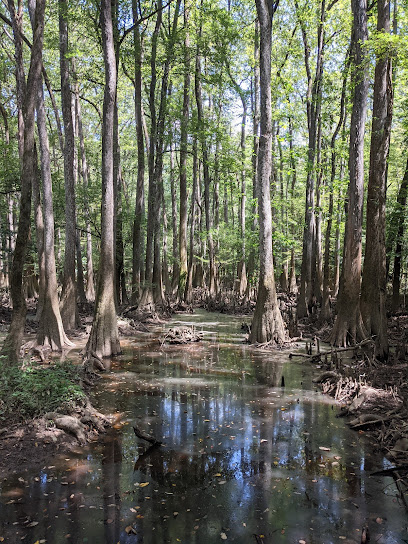
Congaree Creek Heritage Preserve
Discover the breathtaking beauty of Congaree Creek Heritage Preserve, a nature lover's paradise filled with diverse wildlife and scenic trails.
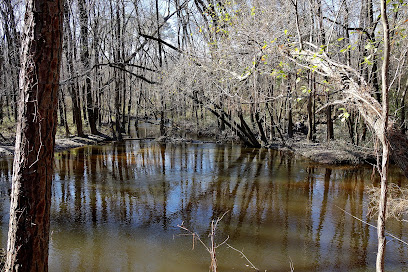
Friends of Congaree Swamp
Discover the natural wonders of Friends of Congaree Swamp, a breathtaking park in South Carolina showcasing diverse ecosystems and rich wildlife.
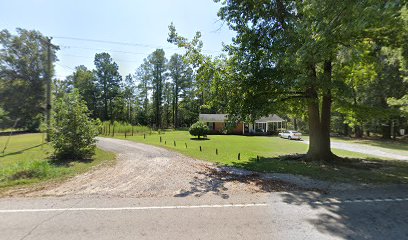
Unmissable attractions to see
Columbia Canal and Riverfront Park
Explore the natural beauty and rich history of Columbia Canal and Riverfront Park in South Carolina, a perfect destination for outdoor enthusiasts and families.
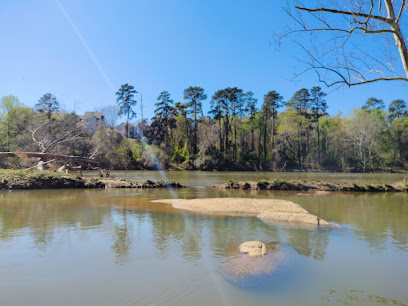
Dreher Island State Park
Explore the breathtaking landscapes and recreational activities at Dreher Island State Park, a serene escape on Lake Murray in South Carolina.
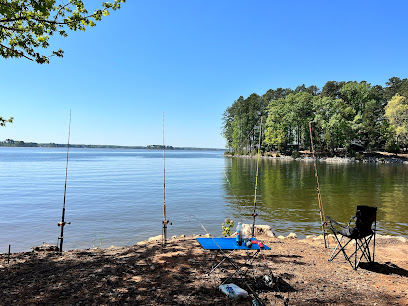
Santee State Park
Explore Santee State Park in South Carolina – a paradise for outdoor lovers featuring hiking, fishing, camping, and stunning views of Lake Marion.
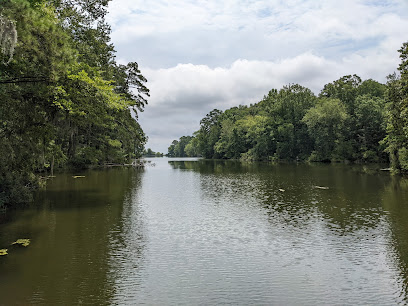
Francis Marion National Forest
Discover the natural beauty and adventurous spirit of Francis Marion National Forest in South Carolina, a perfect destination for outdoor enthusiasts and nature lovers.
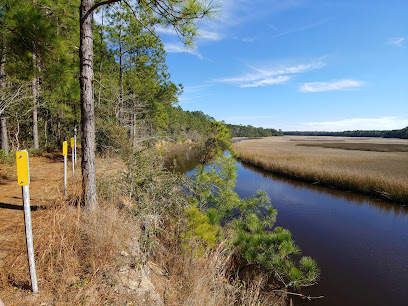
Mast General Store Columbia
Explore Mast General Store in Columbia, SC: A charming destination for unique gifts, outdoor gear, and nostalgic candies in a warm, welcoming atmosphere.
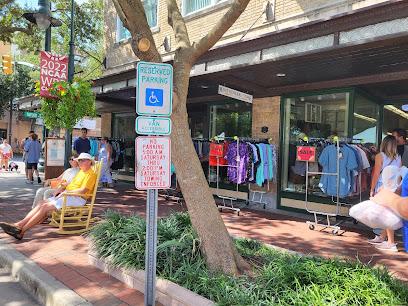
Kings Mountain National Military Park
Discover the historical significance and natural beauty of Kings Mountain National Military Park, a must-visit destination in South Carolina.
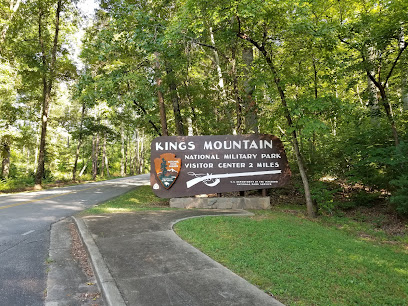
Poinsett State Park
Explore Poinsett State Park: A serene oasis of nature, adventure, and history in South Carolina's breathtaking landscape.
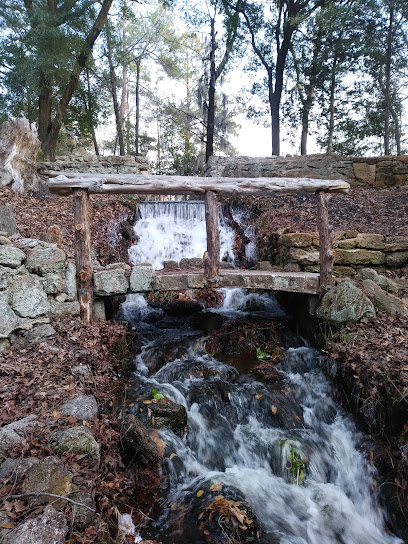
Harry Hampton Visitor Center
Explore the Harry Hampton Visitor Center, your gateway to the breathtaking Congaree National Park in South Carolina, filled with nature, education, and adventure.
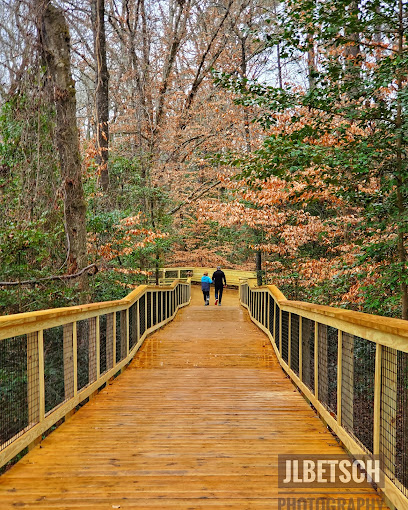
Lake Wateree State Park
Experience the natural beauty and recreational offerings of Lake Wateree State Park, a perfect family-friendly destination in South Carolina.
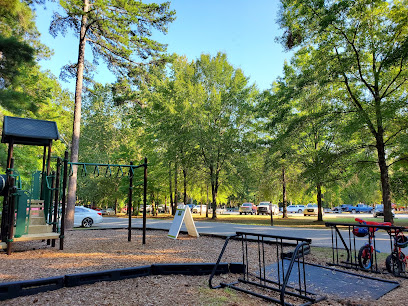
Conestee Park
Explore the tranquil trails, lush landscapes, and diverse wildlife at Conestee Park, a top ecological destination in Greenville, SC.
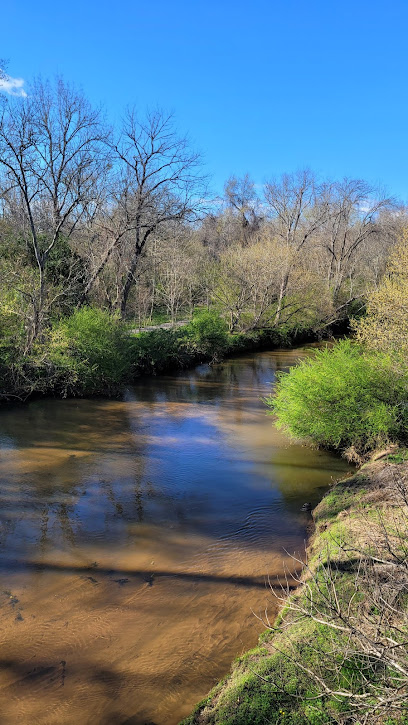
Oconee State Park
Discover the beauty and adventure of Oconee State Park, a natural gem in South Carolina perfect for outdoor enthusiasts and families alike.
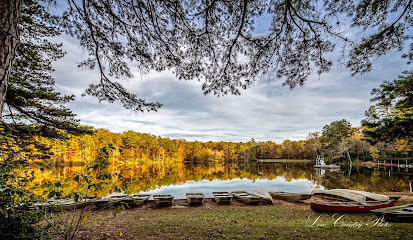
Cowpens National Battlefield | Visitor Center
Explore the historic Cowpens National Battlefield, where the past meets the present amidst beautiful landscapes and engaging exhibits.
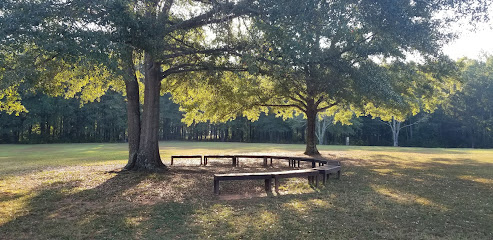
Givhans Ferry State Park
Experience the natural beauty and outdoor adventures at Givhans Ferry State Park, a serene escape in South Carolina's wilderness.
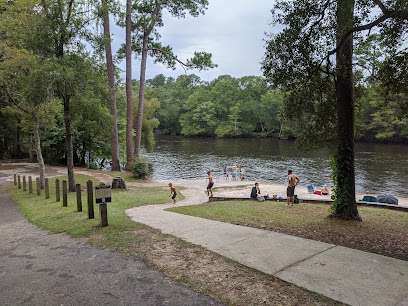
Landsford Canal State Park
Explore the stunning landscapes and historical significance of Landsford Canal State Park, a hidden gem in South Carolina's natural beauty.
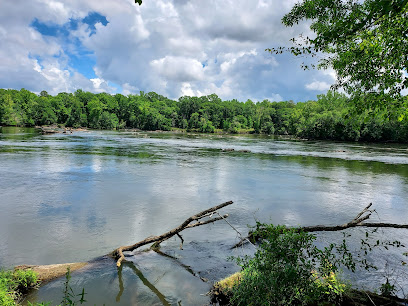
Seven Oaks Park
Experience the beauty and tranquility of Seven Oaks Park, a perfect blend of recreation and nature in Columbia, SC.
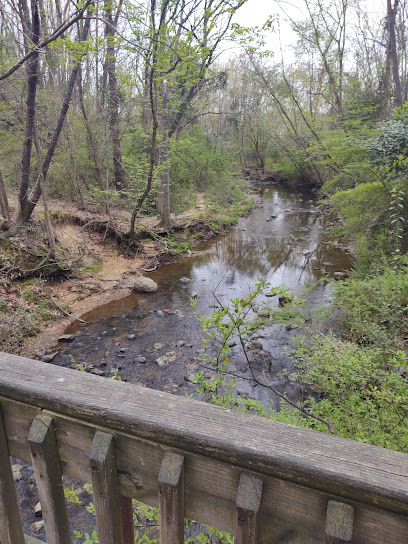
Essential places to dine
Firebirds Wood Fired Grill
Discover exquisite wood-fired steaks and seafood at Firebirds Wood Fired Grill in Greenville – A culinary haven for food lovers.
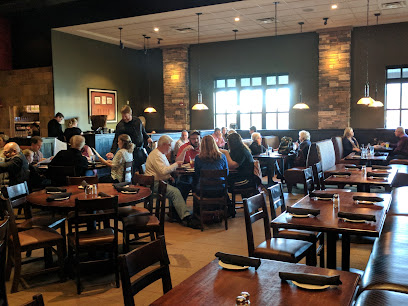
Ruth's Chris Steak House
Experience culinary excellence at Ruth's Chris Steak House in Columbia SC - where premium steaks meet fine dining ambiance.
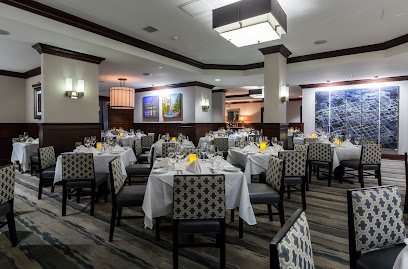
Iron Hill Brewery and Restaurant
Discover the perfect blend of craft brews and gourmet cuisine at Iron Hill Brewery in Greenville - A must-visit for foodies!
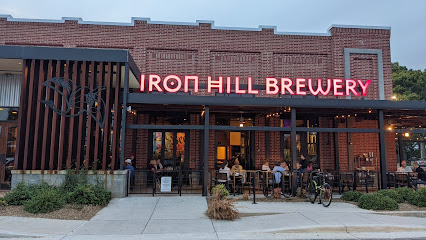
Katie's Sandwich Shop
Discover delicious sandwiches made with fresh ingredients at Katie's Sandwich Shop in Gaston, SC - a delightful stop for every traveler.
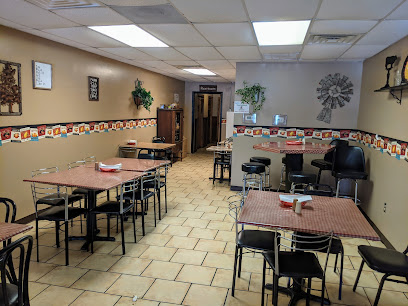
Iron Hill Brewery & Restaurant
Discover exceptional craft brews and gourmet cuisine at Iron Hill Brewery & Restaurant in Columbia, SC – where flavor meets community.
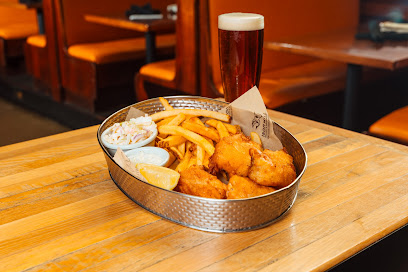
Big T Bar-B-Q
Experience authentic Southern barbecue at Big T Bar-B-Q in Gadsden, SC - where smoky flavors meet warm hospitality.
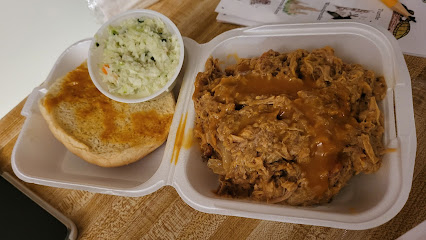
J D's Place
Experience the heartwarming flavors of Southern cuisine at J D's Place near Congaree National Park – where comfort meets culinary delight.
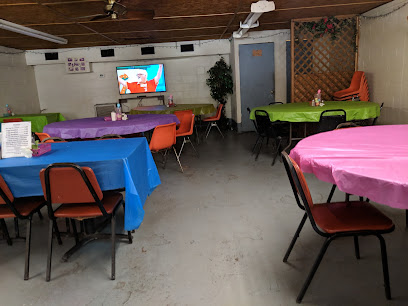
Congaree Grill
Discover Congaree Grill: A Culinary Haven in Eastover Offering Authentic Southern Cuisine with Warm Hospitality.
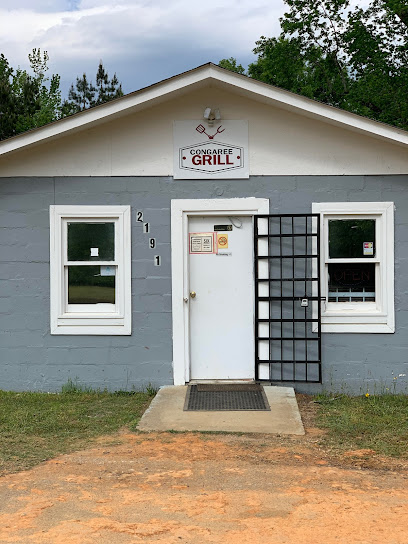
Markets, malls and hidden boutiques
Congaree National Park
Discover the natural wonder of Congaree National Park, where ancient trees meet diverse wildlife in South Carolina's breathtaking wilderness.
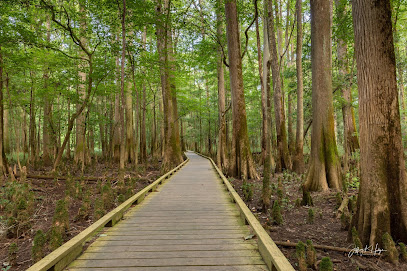
Poinsett State Park
Discover Poinsett State Park, a natural paradise in South Carolina offering hiking, boating, and rich history in a picturesque landscape.
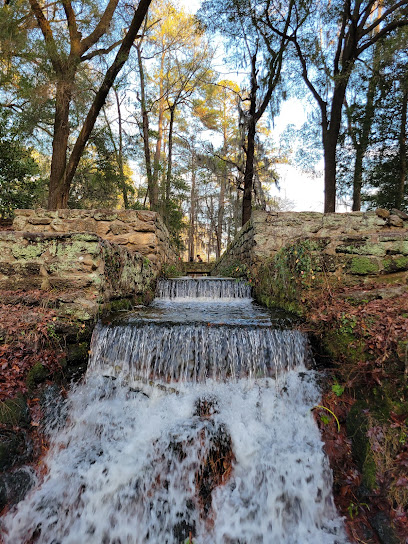
Harry Hampton Visitor Center
Discover the beauty and biodiversity of Congaree National Park at the Harry Hampton Visitor Center—your gateway to adventure and education in nature.

The Gourmet Shop
Experience the vibrant flavors of Columbia at The Gourmet Shop, where delectable dishes meet gourmet grocery treasures in a warm, inviting atmosphere.

Build-A-Bear Workshop
Create your own cuddly companions at Build-A-Bear Workshop, where imagination meets fun in a vibrant gift shop experience.
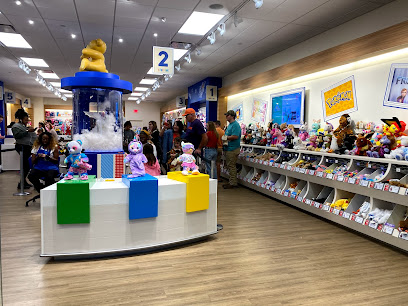
Natural Vibrations
Explore Natural Vibrations in Columbia, SC for unique gifts, clothing, and vaporizers that capture the local culture and creativity.
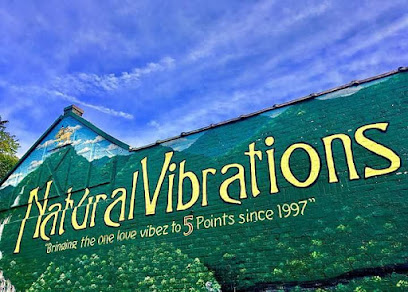
Ed's Editions Bookstore (ABAA/ILAB, ABA)
Explore Ed's Editions Bookstore in West Columbia for a unique selection of used and rare books that will captivate any literary enthusiast.

Addam's Gamecock Gear
Explore a treasure trove of Gamecock-themed gifts, clothing, and books at Addam's Gamecock Gear in Columbia, SC.

Half-Moon Outfitters
Discover top-notch outdoor clothing and gear at Half-Moon Outfitters, the ultimate destination for adventure seekers in Columbia, SC.
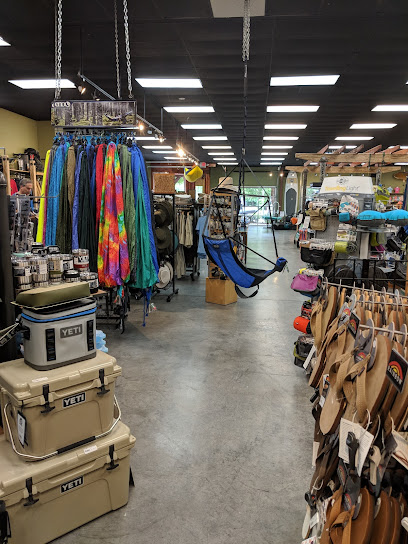
South Carolina State University Bookstore
Explore the South Carolina State University Bookstore for unique gifts, clothing, and books reflecting local culture and university spirit.

This Is It Couples Boutique
Discover the ultimate destination for adult entertainment in Columbia, SC, offering lingerie, toys, and more to enhance your romantic adventures.

Roses Discount Store
Explore endless savings at Roses Discount Store, your go-to spot for affordable clothing, home goods, and more in Orangeburg, SC.

Sneak A Peek Boutique
Sneak A Peek Boutique in Columbia, SC offers stylish baby clothing, maternity essentials, and professional photography services for new parents.

Unlimited Choices Greek Boutique Inc
Explore the unique offerings of Unlimited Choices Greek Boutique in Columbia, SC, where Greek culture meets fashion in a charming shopping experience.

Be Beep A Toy Shop
Explore the enchanting Be Beep A Toy Shop in Columbia, SC, where toys come to life and imagination knows no bounds.

Essential bars & hidden hideouts
Another Broken Egg Cafe Columbia
Experience the best of Southern brunch at Another Broken Egg Cafe Columbia, where delicious food meets warm hospitality.
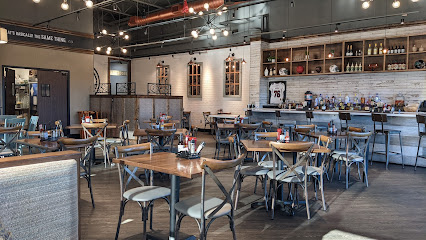
Applebee's Grill + Bar
Experience the taste of classic American cuisine at Applebee's Grill + Bar in Columbia, SC, perfect for families and friends alike.
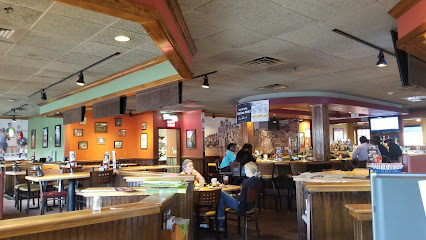
The Reggae Grill
Savor the vibrant tastes of Jamaica at The Reggae Grill, Cayce's top spot for authentic Caribbean cuisine and a lively atmosphere.
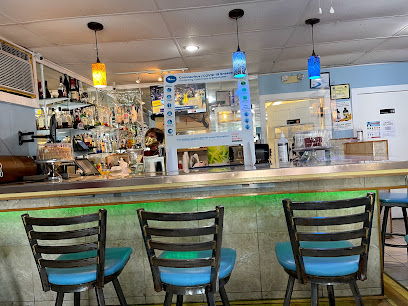
Hickory Tavern
Discover Hickory Tavern in Columbia, SC: where American cuisine meets a vibrant sports bar atmosphere, perfect for families and food lovers!
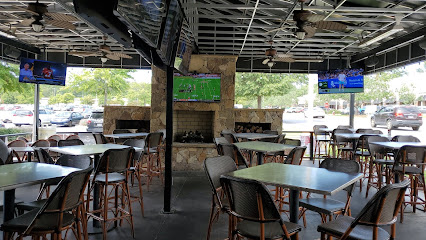
Hooters
Experience the ultimate sports bar atmosphere at Hooters in Columbia, SC, with delicious food, lively events, and a welcoming vibe.
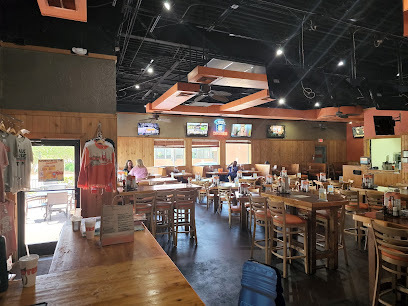
Coco's & Beer Authentic Mexican Grill
Explore the vibrant flavors of Mexico at Coco's & Beer, a top-rated Mexican grill in Columbia, SC, perfect for casual dining and memorable meals.
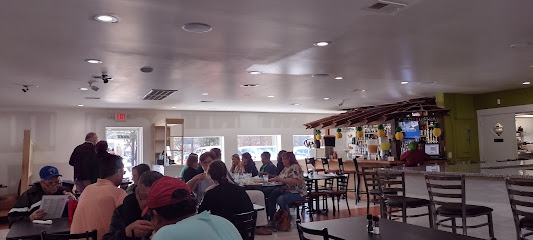
Hwy 378 Bar and Grill
Experience the heart of Southern cooking at Hwy 378 Bar and Grill, where comfort food meets a cozy atmosphere in Gilbert, SC.
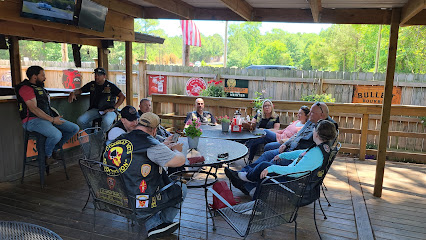
Weco Bottle and Biergarten
Discover the vibrant atmosphere of Weco Bottle and Biergarten, where great craft beers and delightful bites await in West Columbia, SC.
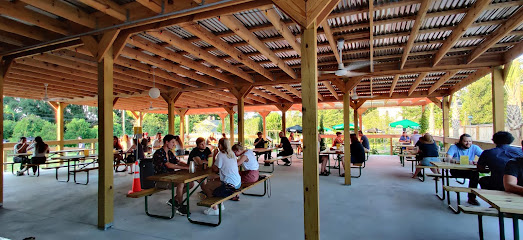
Abanico Tapas Bar, Restaurant & Music
Savor authentic Spanish tapas and dance the night away at Abanico Tapas Bar in Greenville, SC - a vibrant destination for food and entertainment.
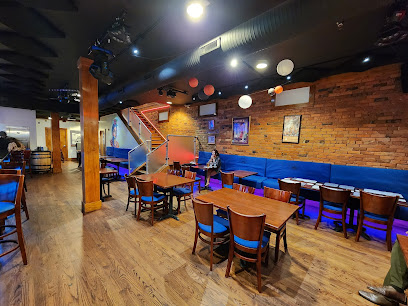
Mobay 2 at Carolina SunSplash
Experience the vibrant flavors of the Caribbean at Mobay 2, Columbia's premier dining spot for authentic cuisine and lively atmosphere.

S BAR AND GRILL
Experience the vibrant flavors of S Bar and Grill, a top dining destination in Columbia, SC, perfect for food lovers and casual diners alike.

Another Broken Egg Cafe
Experience the best of Southern brunch at Another Broken Egg Cafe in West Columbia, SC, where comfort food meets a cozy atmosphere.
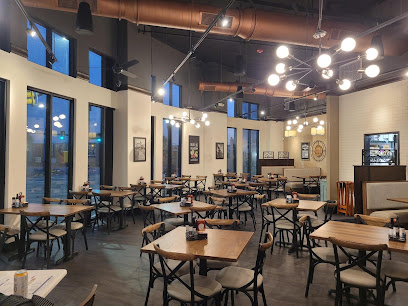
Big T Bar-B-Q
Experience the best Southern barbecue at Big T Bar-B-Q in Gadsden, SC, where flavorful smoked meats and warm hospitality await every visitor.
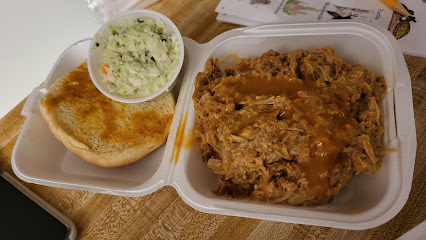
J D's Place
Experience the best of Southern comfort food in Gadsden, SC at J D's Place, where flavor and hospitality meet.
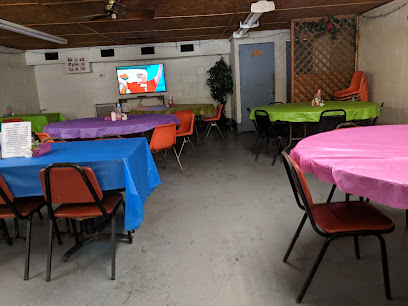
O'Kelly's
Discover O'Kelly's in Eastover, SC - a vibrant bar offering an inviting atmosphere, great drinks, and friendly service for a memorable night out.
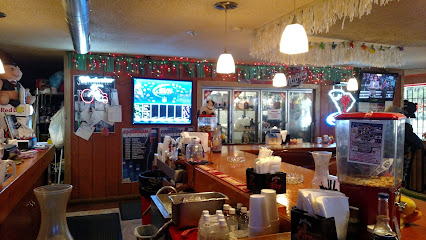
Local Phrases about Congaree National Park
-
- HelloHowdy
[hou-dee] - GoodbyeSee ya
[see yah] - YesYup
[yuhp] - NoNah
[nah] - Please/You're welcomePlease/No problem
[pleez/no prob-lem] - Thank youThanks
[thanks] - Excuse me/SorryPardon me/My bad
[par-dun me/my bad] - How are you?How y'all doin'?
[hou y'all doin'] - Fine. And you?Do'in good. And you?
[doo-in good. and you?] - Do you speak English?Ya'll speak English?
[y'all speak English?] - I don't understandI ain't gettin' it
[I ain't get-tin' it]
- HelloHowdy
-
- I'd like to see the menu, pleaseLemme see the menu, please
[lem-me see the menu, please] - I don't eat meatI don't eat no meat
[I don't eat no meat] - Cheers!Cheers!
[cheers!] - I would like to pay, pleaseI wanna settle up, please
[I wanna settle up, please]
- I'd like to see the menu, pleaseLemme see the menu, please
-
- Help!SOS!
[SOS!] - Go away!Get lost!
[get lost!] - Call the Police!Ring the cops!
[ring the cops!] - Call a doctor!Get a doc!
[get a doc!] - I'm lostI done got turned around
[I done got turned around] - I'm illI ain't feelin' right
[I ain't feelin' right]
- Help!SOS!
-
- I'd like to buy...I wanna buy...
[I wanna buy...] - I'm just lookingJus' browsin'
[jus' brow-sin'] - How much is it?How much does it run?
[how much does it run?] - That's too expensiveThat's steep
[that's steep] - Can you lower the price?Can ya cut me a deal?
[can ya cut me a deal?]
- I'd like to buy...I wanna buy...
-
- What time is it?What's the time?
[what's the time?] - It's one o'clockIt's one
[It's one] - Half past (10)Ten-thirty
[ten-thur-tee] - MorningMornin'
[mornin'] - AfternoonAfternoon
[afternoon] - EveningEvenin'
[evenin'] - YesterdayYest'day
[yest'day] - TodayToday
[today] - TomorrowTomorra
[tomorra] - 1One
[one] - 2Two
[two] - 3Three
[three] - 4Four
[four] - 5Five
[five] - 6Six
[six] - 7Seven
[seven] - 8Eight
[eight] - 9Nine
[nine] - 10Ten
[ten]
- What time is it?What's the time?
-
- Where's a/the...?Where's the...
[where's the...] - What's the address?What's the addy?
[what's the addy?] - Can you show me (on the map)?Can you point me (on the map)?
[can you point me (on the map)?] - When's the next (bus)?When's the next (bus)?
[when's the next (bus)?] - A ticket (to ....)A ticket (to ....)
[a ticket (to ....)]
- Where's a/the...?Where's the...
History of Congaree National Park
-
Long before European settlers arrived, the land that is now Congaree National Park was inhabited by various Indigenous tribes, most notably the Congaree people. These early inhabitants relied on the floodplain forest for sustenance, utilizing its rich resources for hunting, fishing, and gathering. Archaeological evidence suggests that these tribes thrived in the area for thousands of years.
-
In the 18th century, European settlers began to explore and claim the land, leading to conflicts with the Indigenous peoples. The British Crown issued land grants to settlers, and the area was gradually transformed into agricultural land. The fertile floodplain was highly prized for growing crops such as rice, indigo, and later cotton, which became the backbone of the regional economy.
-
By the late 19th and early 20th centuries, the Congaree floodplain became a focal point for the logging industry. The area's towering hardwoods, including bald cypress, tupelo, and oak, were highly sought after. Logging operations flourished, with logs transported down the Congaree River to sawmills. This period saw significant deforestation, but also laid the groundwork for future conservation efforts as the ecological value of the forest began to be recognized.
-
The early conservation movement in the mid-20th century saw the rise of individuals dedicated to preserving the Congaree floodplain. One of the most notable figures was Harry Hampton, a journalist and naturalist who campaigned tirelessly for the protection of the area. His efforts, along with those of other conservationists, led to increased public awareness and support for preserving the unique ecosystem.
-
In 1976, after years of advocacy and public support, President Gerald Ford designated the area as Congaree Swamp National Monument. This marked a significant milestone in the conservation of the floodplain forest, ensuring its protection from further logging and development. The designation also paved the way for scientific research and educational programs focused on the unique biodiversity of the area.
-
In 2003, the Congaree Swamp National Monument was re-designated as Congaree National Park, reflecting its status as a national treasure. This transition brought increased federal funding and resources for park management, visitor services, and conservation initiatives. The park now encompasses over 26,000 acres and is recognized for its old-growth bottomland hardwood forest, one of the largest of its kind in the United States.
-
Today, Congaree National Park is not only a haven for biodiversity but also a place of cultural heritage. It serves as a living classroom for understanding the historical interactions between humans and the environment. The park offers educational programs, guided tours, and cultural events that highlight both its natural wonders and its historical significance, making it an invaluable resource for visitors and researchers alike.
Congaree National Park Essentials
-
Congaree National Park is located in central South Carolina, approximately 18 miles southeast of Columbia, the state capital. The nearest major airport is Columbia Metropolitan Airport (CAE), which is about 30 miles from the park. From the airport, you can rent a car or take a taxi to reach the park. Alternatively, you can drive from nearby cities such as Charleston (approximately 2 hours) or Charlotte, NC (approximately 2 hours and 30 minutes).
-
The best way to explore Congaree National Park is by car. There are no public transportation options directly to the park, so having a personal vehicle or renting a car is essential. Within the park, there are several trails and boardwalks that are best explored on foot. Bicycles are not allowed on the hiking trails but can be used on the park's paved roads. The park also offers canoe and kayak rentals for exploring the Congaree River.
-
The official currency in the United States is the US Dollar (USD). Credit and debit cards are widely accepted in Columbia and at the park's visitor center, but it's a good idea to carry some cash for small purchases or at places that may not accept cards. ATMs are available in Columbia, but there are no ATMs within the national park itself.
-
Congaree National Park is generally a safe destination for visitors. However, it is advisable to take standard precautions such as not leaving valuables in your car, staying on marked trails, and being aware of your surroundings. Columbia, the nearest city, has some areas with higher crime rates, particularly in the downtown area. It's best to avoid walking alone at night in unfamiliar areas and to use caution when visiting urban neighborhoods.
-
In case of emergency, dial 911 for immediate assistance. The park staff at the Harry Hampton Visitor Center can also provide help in emergencies. It's recommended to have travel insurance that covers medical emergencies. For minor health issues, there are pharmacies and medical facilities in Columbia. Always carry a first aid kit when hiking or exploring the park.
-
Fashion: Do wear comfortable, weather-appropriate clothing and sturdy hiking shoes. Avoid wearing open-toed shoes or sandals on trails. Religion: There are no specific religious customs to observe, but always show respect for the natural environment. Public Transport: As there is no public transport within the park, do plan your visit with a personal vehicle. Greetings: A friendly 'hello' or nod is a common greeting among hikers and visitors. Eating & Drinking: Do bring your own food and water, as there are no dining facilities within the park. Avoid littering and always pack out what you pack in.
-
To experience Congaree National Park like a local, visit during the spring or fall when the weather is mild, and the park is less crowded. Join a ranger-led program to learn about the park's unique ecosystem and history. For a unique experience, take a guided canoe or kayak tour along Cedar Creek. Don't miss the opportunity to explore the park at night during a full moon or to witness the synchronous fireflies in late May to early June. Engage with park rangers and volunteers, who are often eager to share their knowledge and passion for the park.
Nearby Cities to Congaree National Park
-
Things To Do in Summerville
-
Things To Do in North Charleston
-
Things To Do in Rock Hill
-
Things To Do in Fort Mill
-
Things To Do in Mount Pleasant
-
Things To Do in Beaufort
-
Things To Do in Charlotte
-
Things To Do in Spartanburg
-
Things To Do in Myrtle Beach
-
Things To Do in Hilton Head Island
-
Things To Do in Mauldin
-
Things To Do in Greer
-
Things To Do in Greenville
-
Things To Do in Anderson
-
Things To Do in Mooresville

